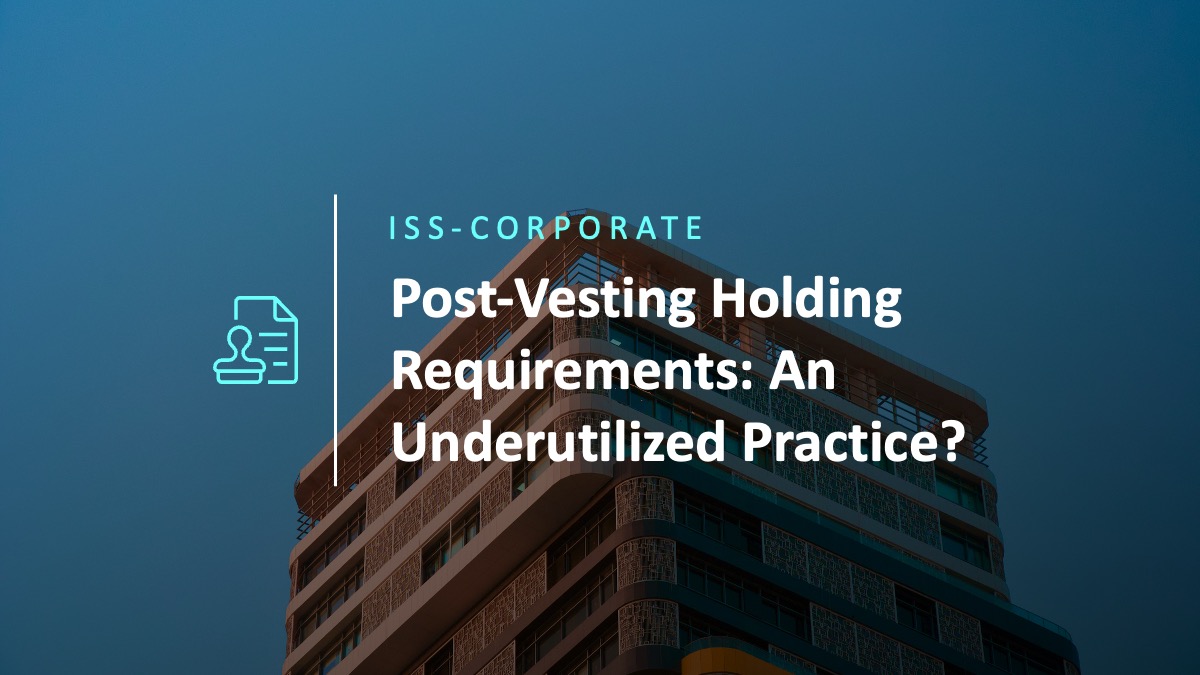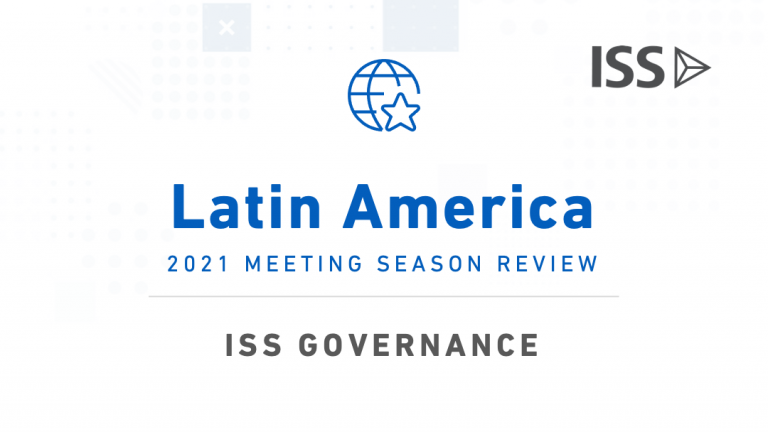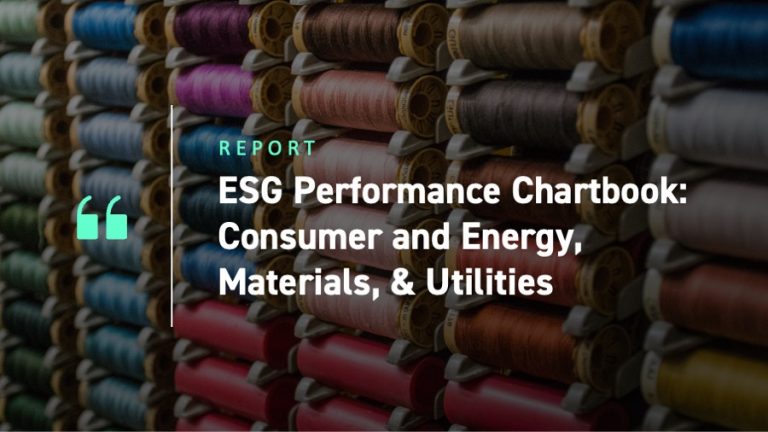Below is an excerpt from ISS-Corporate’s recently released paper “Post-Vesting Holding Requirements: An Underutilized Practice?”. The full paper is available for download from ISS-Corporate’s resources page.
Key Takeaways
- Only a small percentage of Russell 3000 companies implement post-vesting holding requirements compared with other shareholder-friendly practices.
- The holding requirements are usually for a period of one year for Named Executive Officers. However, some companies’ holding periods last through retirement or the end of employment.
- The usage of stock ownership guidelines is a far more common method to encourage long-term stock ownership for executives.
- The use of post-vesting holding requirements is more common in Europe than the U.S., with many companies requiring a longer holding period of up to 2 to 3 years.
- Investor support for a post-vesting holding requirement is high, with more than two-thirds of investor respondents to the 2024 ISS global policy survey, stating that it is a reasonable mitigating factor in the face of a pay-for-performance misalignment.
One of the primary objectives in developing an effective executive compensation program is to establish a strong tie between Named Executive Officer (NEO) pay and shareholder interests. Companies will often establish this relationship through predominantly performance-based incentive plans, mindful performance goal setting, and judicious committee discretion over pay. A small number of companies also implement post-vesting holding requirements as an additional tool to align executive and shareholder interests by ensuring that executives hold a significant portion of company stock over an extended timeframe.
Post-vesting holding policies require that stockholders hold shares for a specified period before they are sold and/or disposed of. These holding periods generally follow the full vesting or exercise of either full-value or appreciation awards. The additional holding time is intended to further align executive pay with shareholder value by subjecting the awards to post-vesting market volatility and encouraging executive retention. Imposing post-vesting holding requirements to equity grants is a practice that is often overlooked but may help align executive pay with shareholder interests.
This paper focuses on the current utilization of the post-vesting holding requirement across the U.S. market, particularly compared with other key risk mitigators that cement an executive’s long-term economic interest in their company. We also compare utilization of the practice with Europe. Lastly, we project the outlook of the post-vesting holding requirement and its potential implications for executive compensation going forward.
By:
Ryan Anderson, Compensation & Governance Advisor
Daniel King, Compensation & Governance Advisor




